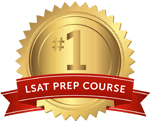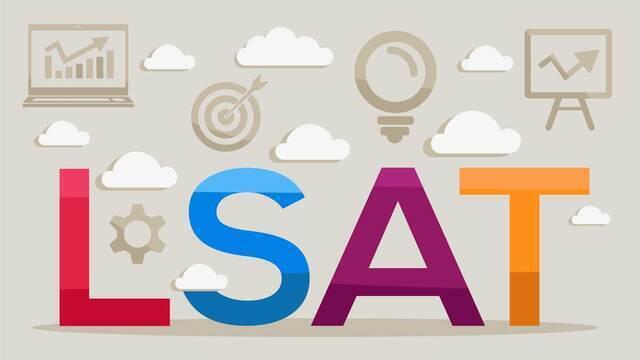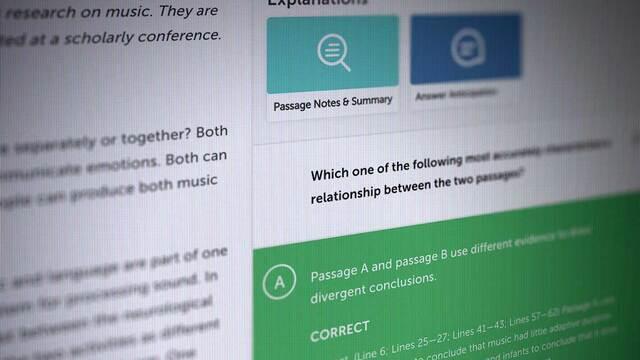Your Guide to What the LSAT Tests and How Often It Tests It
Each LSAT has about 15,000 words. When you take your first practice exam, it might feel like those 15,000 words test 15,000 different concepts.
Even if you’re following a study plan or LSAT curriculum that breaks down these concepts into a few different question types, it can still be difficult to determine how much time and effort you should dedicate to each question.
In our last post, we tried to demystify the Logical Reasoning section, showing how often recent LSATs test the different concepts native to that section. Today, we’ll continue that process for the Reading Comprehension section.
Now, anyone can tell you that the Reading Comprehension section will generally feature one passage about the sciences, one passage about the humanities (like arts, literature, music, or philosophy), one passage about the social sciences (like history, economics, sociology, or anthropology), and one passage about the law. Three of those passages will be “solitary” — one long passage followed by five to eight questions — and one will be “comparative” — two shorter, related passages followed by five to eight questions. If you feel that’s all you need to know, we suppose you can stop reading now.
If you’re (wisely) sticking around, you should be aware that the topics of Reading Comp passages don’t matter much. As any LSATMax instructor will attest, it’s possible for even the least science-fluent test-taker to ace the science passages or for the most art-adverse test-taker to earn consistently high marks on the humanities passage. If we can look beyond the topics to the underlying concepts, our Reading Comp success will no longer hinge on the topic. It’ll depend on executing a sound approach to the section.
A sound approach will cover the topics the section tests most frequently. In that spirit, let’s look at the concepts that Reading Comp tests. And, crucially, how often the Reading Comp section tests those concepts. As you devise your approach to Reading Comp, build in reading strategies that address the concepts most prevalently in the section.
Reading Comprehension
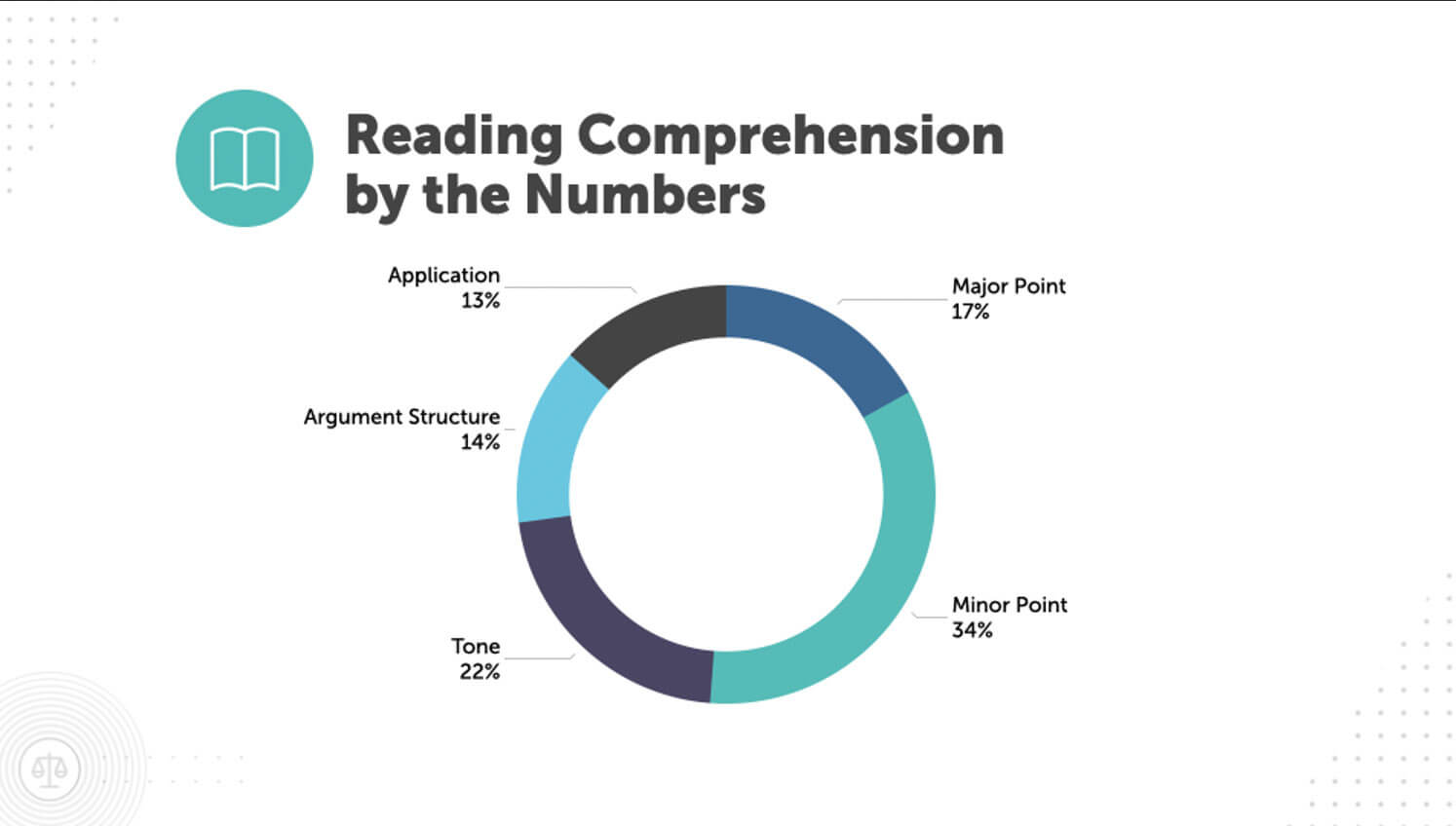
If you’re a Reading Comp newbie, the section generally features 27 questions. We classify these questions into the above five “families” of questions. Each family comprises a few question types. But, all the individual question types in each family test the same underlying skill. Let’s go through each family, discuss the individual question types within that family, and describe the skills each family stresses.
Major Point
16.86% of Reading Comprehension questions
Expect about 5 questions on an LSAT
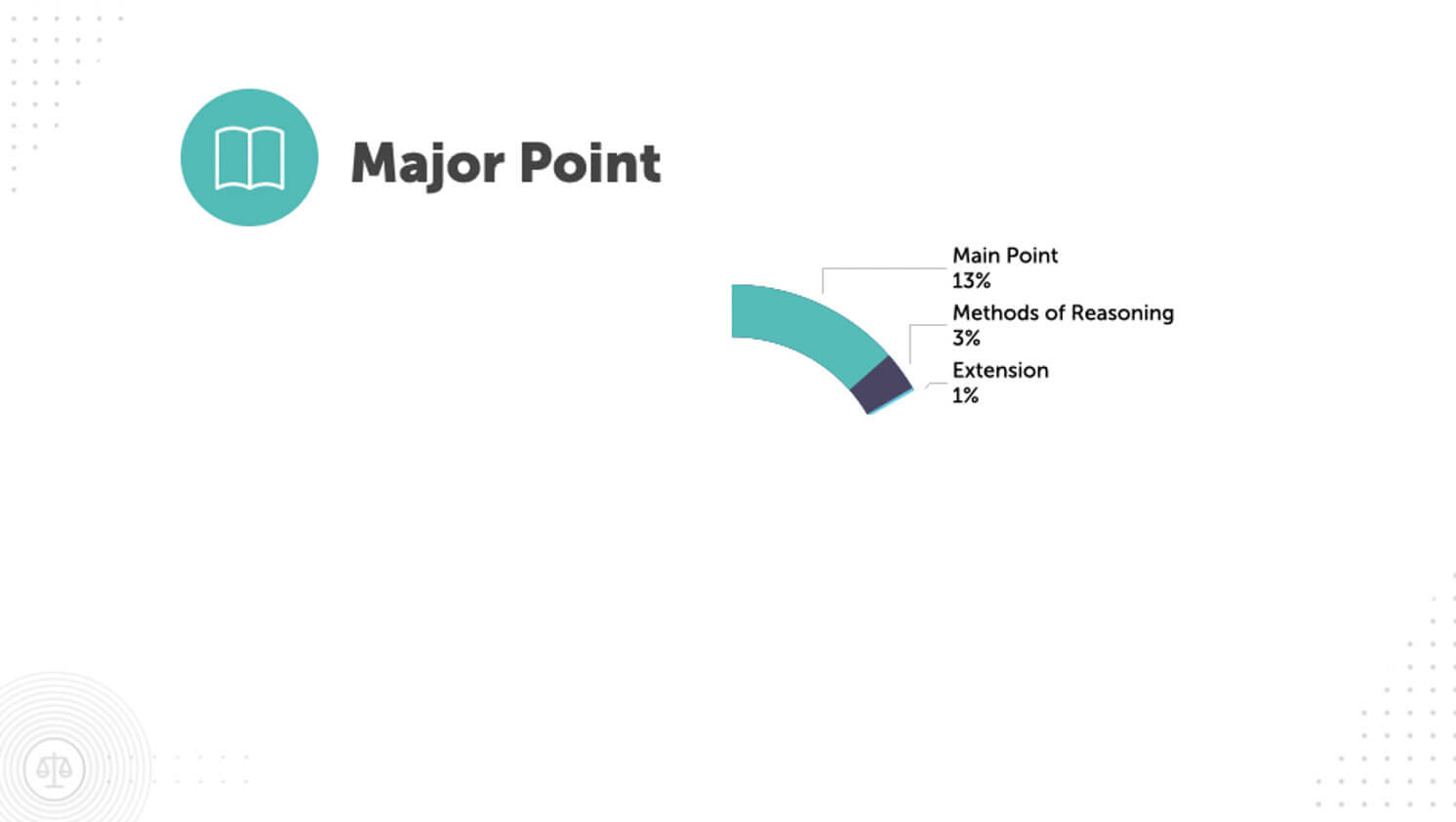
This family’s name is probably self-explanatory. If it’s not, these questions ask about the big-picture themes in the passage.
The most common question type within this family is the Main Point question. These will be the first question you encounter on nearly every passage. These questions will ask you to identify the “main point” or the “main idea” in the passage.
The other common question type in this family is the Methods of Reasoning question. These questions usually ask us to identify the author’s “primary purpose” in writing the passage or what the author is “primarily concerned with” in the passage.
Even though this family is only the third largest family in terms of question volume, it’s arguably the most important. Knowing what the passage is about (the main point) and why the author wrote it (the primary purpose) can help us eliminate wrong answer choices efficiently for questions belonging to the other families. If a Minor Point answer choice brings up something inconsistent with or incidental to the main point, it’s probably incorrect. If a Tone question describes a tone discordant with the author’s main point, it’s almost certainly wrong. And if an Argument Structure answer choice doesn’t seem consistent with the author’s method of reasoning, we can probably eliminate it.
For this reason, any sound Reading Comprehension approach will need to build a process for identifying the passage’s big-picture themes. Not only for the five “Major Point” questions — for the remaining 22 questions, as well.
Includes Main Point questions (13.58%), Methods of Reasoning questions (3.09%), Extension questions (.57%), and Title questions (0%)
Minor Point
34.58% of Reading Comprehension questions
Expect about 9 questions on an LSAT
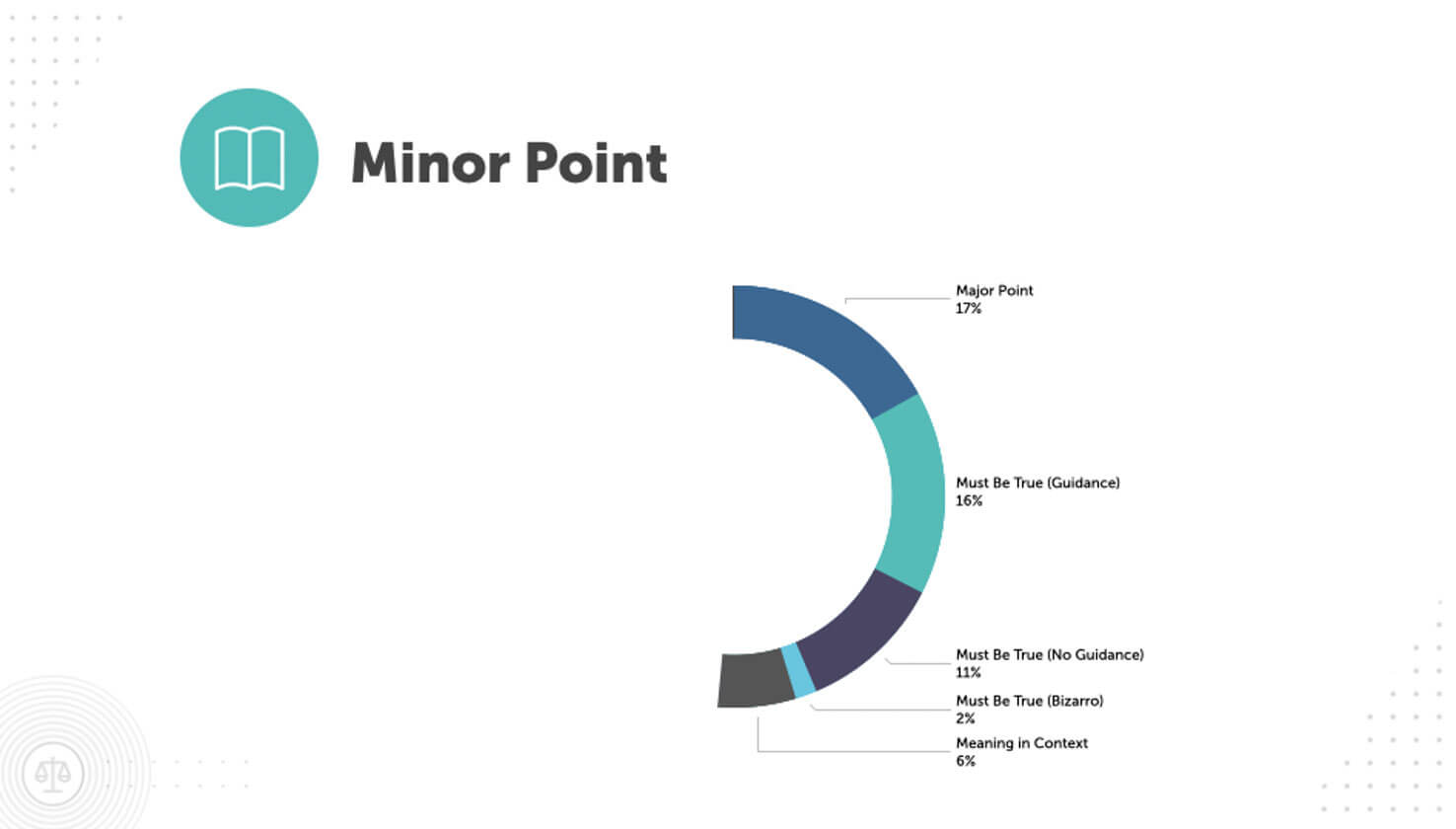
The next family of questions is the Minor Point family. These are questions that appear to ask about smaller details in the passage. The Minor Point family is also the largest family of questions, amounting to about 34 percent of all Reading Comp questions.
Most Minor Point questions are Must Be True questions. Must Be True questions alone account for 28 percent of all Reading Comp questions, by far the most common question type you’ll encounter. True to name, these questions ask you to identify the answer choice that brings up a fact that must be true, according to the passage. But it might be better to think of Must Be True questions as three separate question types.
The most common variation of the Must Be True question will ask about a specific topic from the passage or a specific viewpoint mentioned in the passage. These questions provide some guidance to help us find where the passage confirms that the correct answer is true.
The second most common variation will not ask about a specific topic from the passage. This variation provides us with no guidance. These questions might be entirely open-ended. Or they might ask about a topic or viewpoint discussed so extensively throughout the passage that the supporting text could be anywhere. The last variation of Must Be True questions is, thankfully, quite rare. These are what we call Bizarro Must Be True questions. These questions will use words like “EXCEPT” or “NOT,” with those words always in all caps, screaming at us. In these questions, we’re looking for the answer choice that is not necessarily true. The four incorrect answer choices must be true, according to the passage.
Given the prominence of the three Must Be True question types, your reading strategy must address how to answer these efficiently. You won’t have time to review the passage to determine whether every answer choice is true. (Far too many test-takers think they’re solid on Must Be True questions because they get most of them correct but fail to realize that they’re sinking so much time into answering them that they’re making it harder to answer other questions correctly.) So, you’ll need to find a way to answer these questions without checking the passage several times.
In total, Must Be True questions make up 83 percent of all Minor Point questions. The other 17% are what we call Meaning in Context questions. These questions will invoke a word or phrase from the passage and ask us to infer what the author meant when they used that word.
Includes Must Be True (Guidance) questions (15.64%), Must Be True (No Guidance) questions (11.11%), Must Be True (Bizarro) questions (1.65%), and Meaning in Context questions (5.97%)
Tone
21.60% of Reading Comprehension questions
Expect about 6 questions on an LSAT
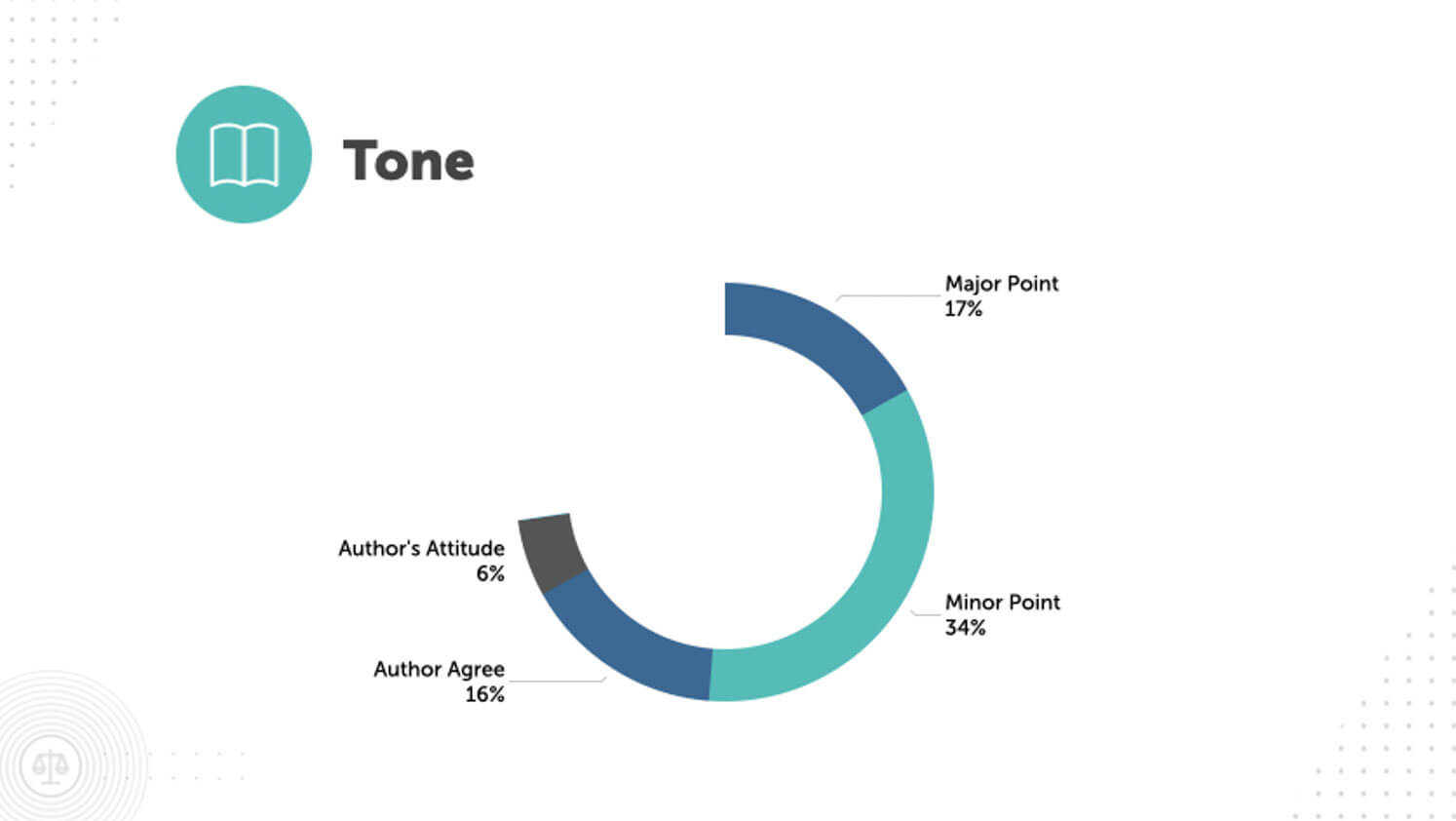
Our third family is the Tone family, which asks specifically about the author’s views. Tone questions are the second largest family, accounting for about 22 percent of all Reading Comp questions. The prevalence of these Tone questions means that any reliable reading strategy should track the words and phrases that convey the author’s tone.
Two question types make up the Tone family. The more common of the two is called Author Agree questions. These simply ask us to select the answer choice with which the author would most likely agree. Like Must Be True questions, Author Agree questions can offer us guidance by asking us about the author’s opinion on a specific topic or offer us no such guidance with open-ended question prompts.
The less common question type in the Tone family is the Author’s Attitude question. Author’s Attitude questions ask whether the author has positive, negative, or neutral opinions about a subject and how strongly the author holds those opinions. So, rather than picking an answer choice that asserts a claim that the author probably agrees with, we have to pick an answer choice that accurately describes the author’s sentiments.
Includes Author Agree questions (15.64%) and Author’s Attitude questions (5.97%)
Argument Structure
13.79% of Reading Comprehension questions
Expect about 4 questions on an LSAT
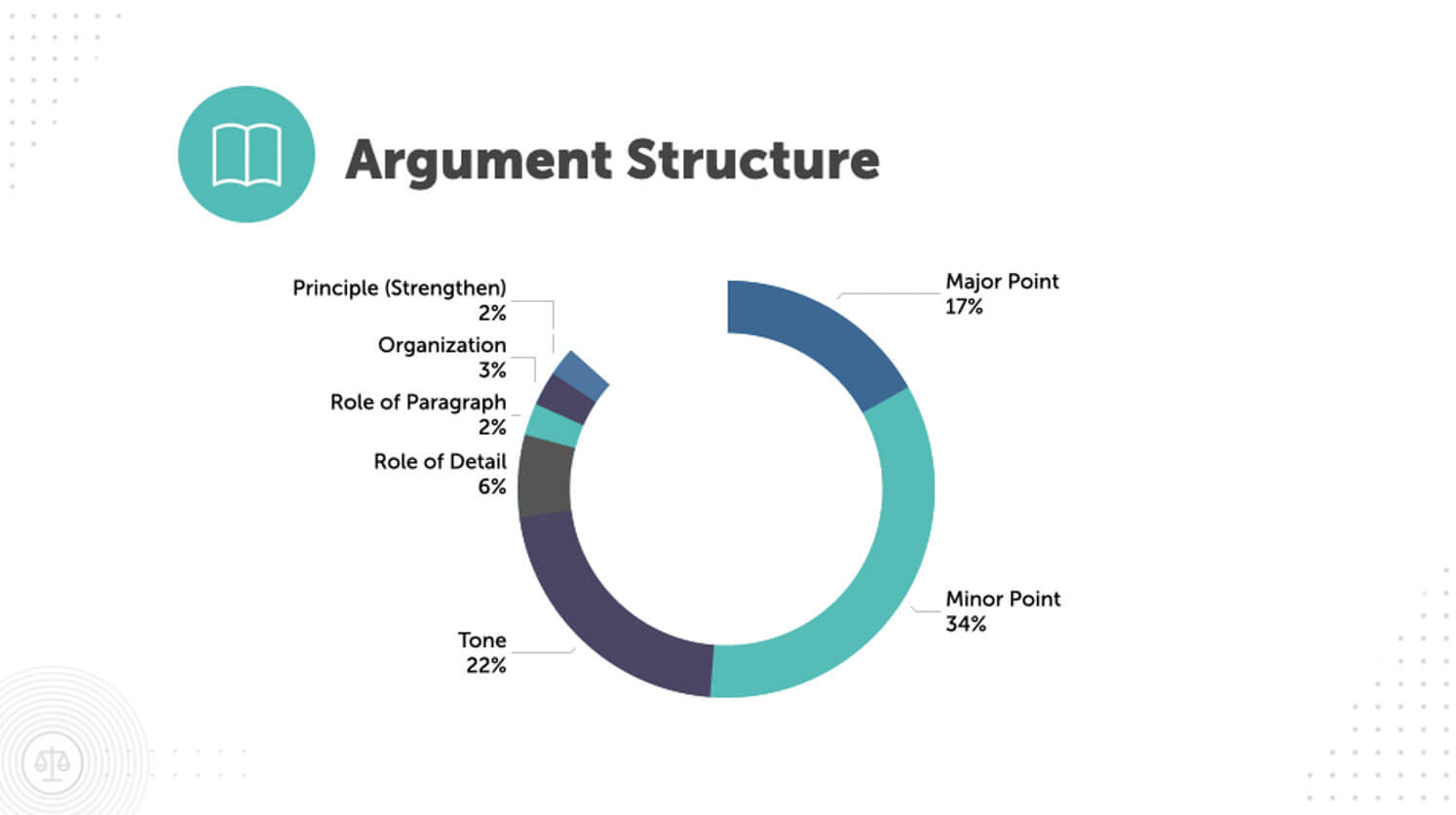
The penultimate family of questions is the Argument Structure family. These questions require us to understand how the passage is organized — which parts advance the author’s conclusions, evidence, concessions, descriptions of alternative viewpoints, and so on. Any reading approach should address how to discern the passage’s structure to answer the four or five questions you might get from this family.
The most common question type in this family is a Role of Detail question. These questions will ask why the author brought a specific detail in the passage. Similarly, there are Role of Paragraph questions. These will ask why the author included an entire paragraph in the passage. We’ll also encounter Organization questions in this family. These ask us to select the answer choice that accurately describes the entire passage’s structure
The last question in this family is the Principle Strengthen question. These questions are rare, but have an analog in the Logical Reasoning section that is quite common. They essentially ask us to select the answer choice with a rule that connects at least one of the author’s premises to one of the author’s conclusions.
Includes Role of Detail questions (6.38%), Role of Paragraph questions (2.47%), Organization questions (2.67%), and Principle (Strengthen) questions (2.26%)
Application
13.37% of Reading Comprehension questions
Expect about 3 questions on an LSAT
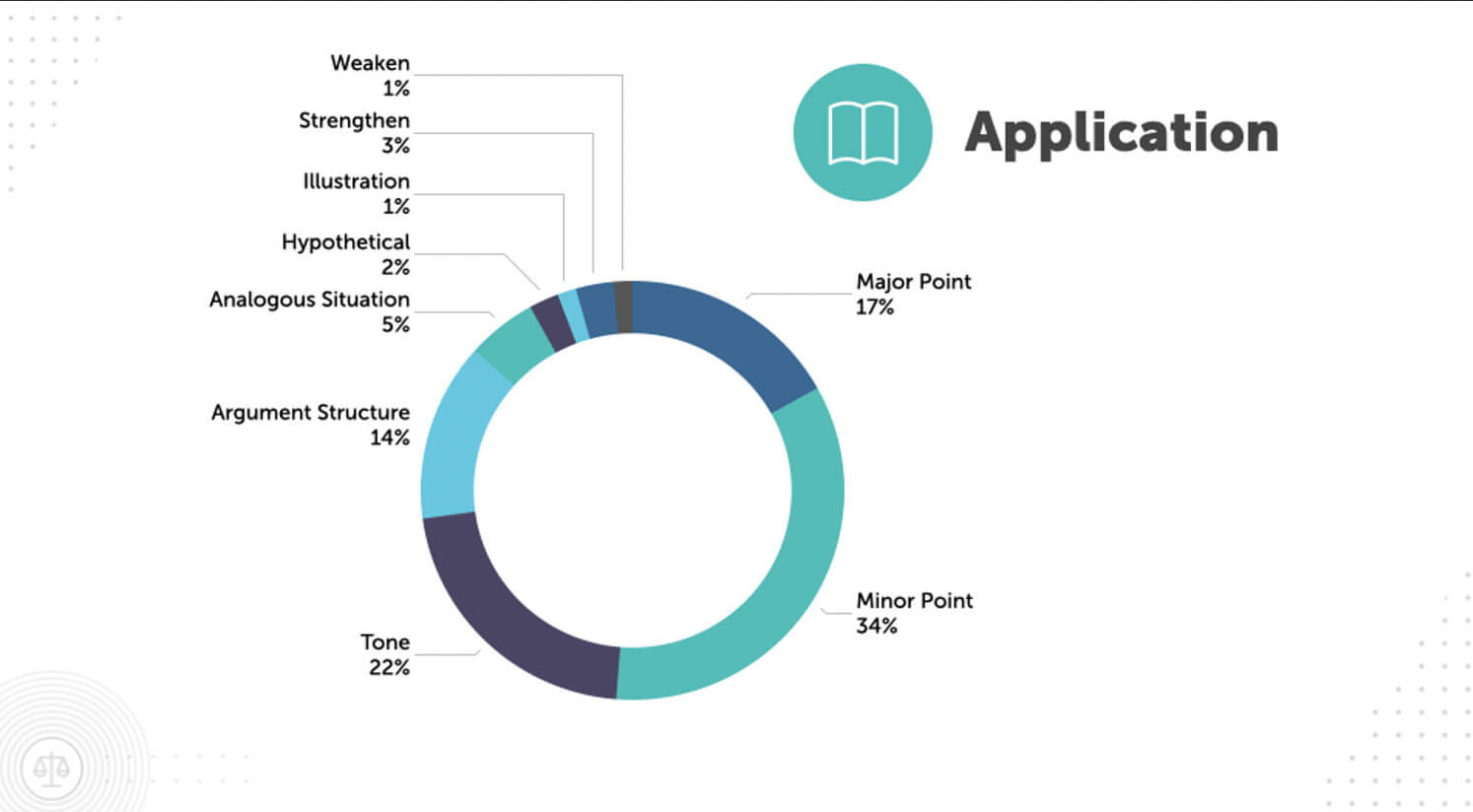
Finally, the last category is the Application family. These questions make up about 13 percent of all Reading Comp questions. Application questions ask us to take information from the passage and apply it to new situations, or they ask us to take information from the answer choices and apply it to the passage. These can be tricky questions, requiring us to have a holistic understanding of the passage. So we’ll draw on our knowledge of the passage’s main point, organization, and occasionally the author’s attitude to answer these.
The most common question type in this family is the Analogous Situation question. These questions ask us to find the answer choice that presents a circumstance that mirrors something in the passage. These questions closely resemble Parallel Reasoning questions in Logical Reasoning.
We’ll also apply information from the passage to new situations in Hypothetical questions. These questions feature lengthy question stems, which invite us to consider what may happen in a hypothetical scenario. We’ll use information from the passage to determine what might occur in this hypothetical.
Aside from the rarely seen Illustration question, the other two main question types in this family are Strengthen and Weaken questions. These are also very similar to two question types in Logical Reasoning called, well, Strengthen and Weaken questions. These questions ask us to take information from the answer choices and apply that information to the passage. We’ll look for the answer choice that, once applied to the passage, either strengthens or weakens the salient part of the passage. Typically they ask us to strengthen or weaken a viewpoint — either the author’s or someone else’s. Very often, these questions ask us to strengthen or weaken a cause-and-effect relationship. So, familiarity with the ways to strengthen and weaken the causal relationships — which you’ll gain in a later Logical Reasoning module — will prove helpful on these questions.
Includes Analogous Situation questions (5.35%), Hypothetical questions (2.26%), Illustration questions (1.44%), Strengthen questions (2.88%), and Weaken questions (1.44%)
So, that’s the breakdown of the Reading Comprehension section. Keep this in mind as you devise a method for reading an LSAT passage. Stay posted for a similar deep dive into the numbers on Logic Games sections.
If you’d like to learn about LSATMax’s unique, accessible, and effective reading method for Reading Comprehension, sign up for a free LSATMax account.
